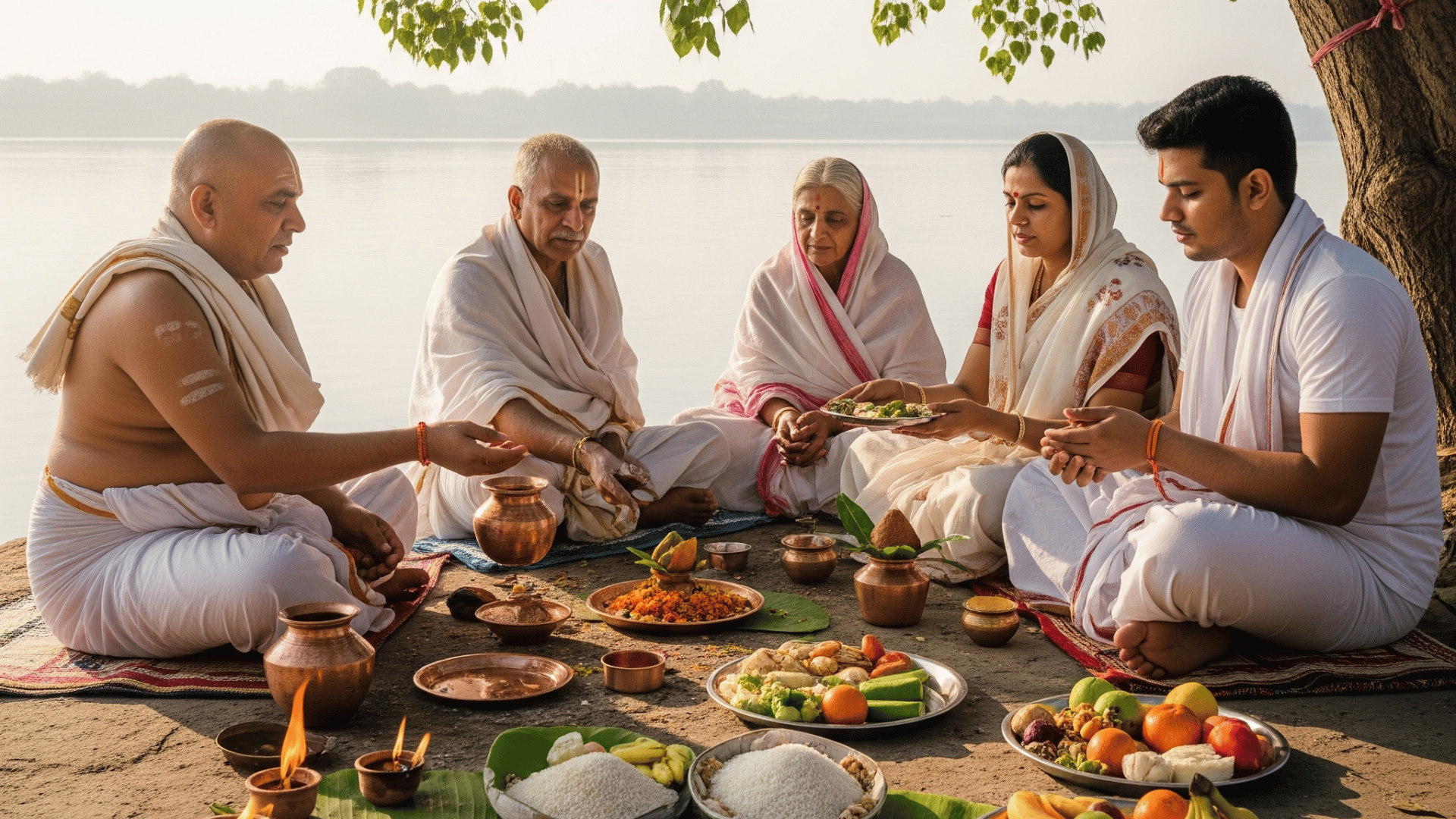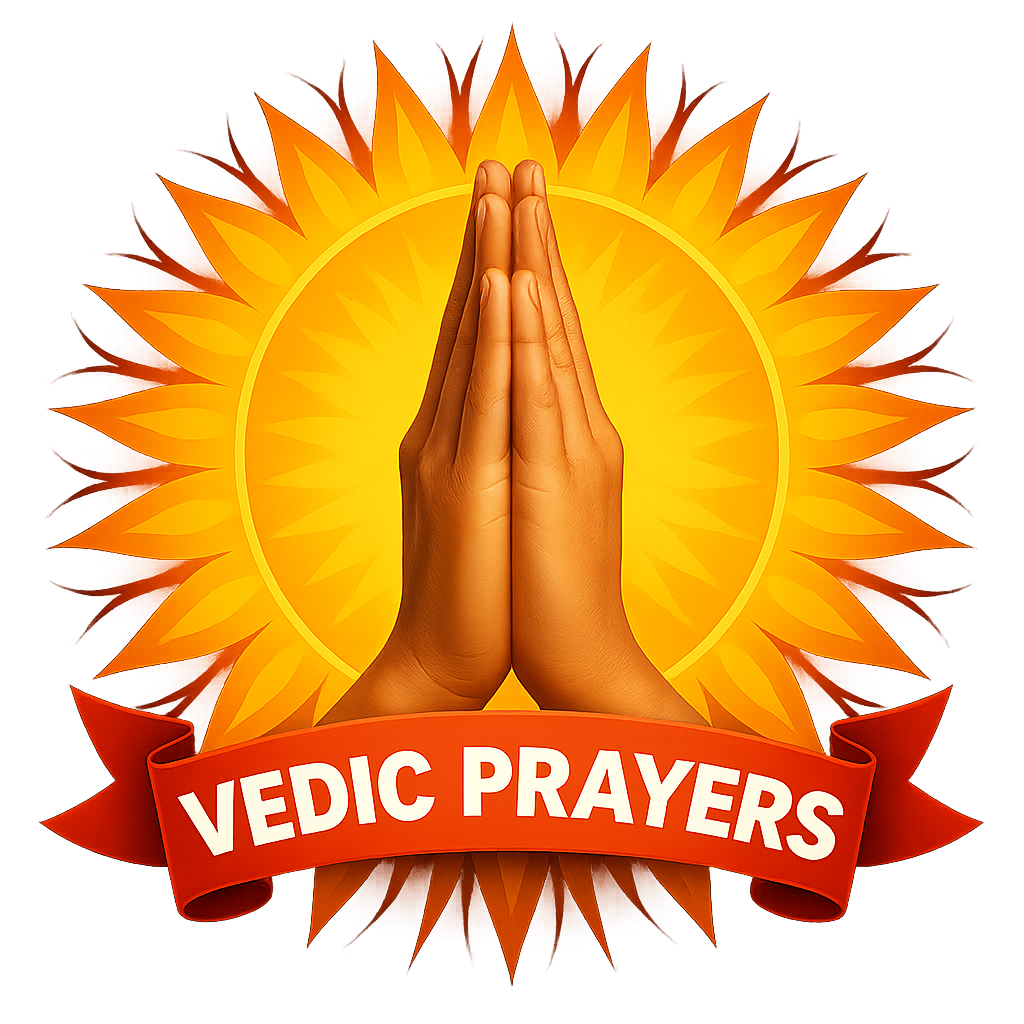
In Indian culture, honoring ancestors and performing rituals in their memory holds great significance. In Hinduism, it is believed that a person who performs Shraddha for their forefathers receives their blessings, bringing happiness, prosperity, and progress in life. Pitru Paksha, also known as Mahalaya or Shraddha Paksha, is observed once a year for 16 days. During this period, each lunar date (tithi) has its own importance and is designated for performing Shraddha of specific ancestors.
Among these days is Dwadashi Shraddha, which is performed on the twelfth lunar day (Dwadashi tithi). This Shraddha is performed for those ancestors who passed away on the Dwadashi tithi. Additionally, it is considered especially important for monks (sannyasis) and ascetics. In 2025, Dwadashi Shraddha will be observed on Thursday, 18th September.
What is Dwadashi Shraddha?
Dwadashi Shraddha is the ritual of Shraddha performed on the Dwadashi tithi during Pitru Paksha. Dwadashi tithi literally means the twelfth day of the lunar fortnight. This day also holds great importance in Vaishnava traditions and for worship of Lord Vishnu, but during Pitru Paksha, it is primarily associated with ensuring peace and liberation (moksha) for the souls of ancestors.
On this day, all those families whose members passed away on a Dwadashi tithi perform Shraddha and Tarpan. Along with that, it is also performed for monks, mendicants, or those who renounced worldly life and spent their lives in the pursuit of God.
Date of Dwadashi Shraddha in 2025
According to the Hindu Panchang, in 2025, Dwadashi Shraddha will be observed on Thursday, 18th September 2025.
On this day, taking a holy bath in the morning, performing sankalp (vow), pind daan (offering rice balls), and tarpan (libation of water) are considered highly significant.
Depending on the region, the rituals should be performed during the auspicious time (shubh muhurat).
Dwadashi Shraddha is not only a religious duty but also a symbol of gratitude and respect toward our forefathers. It reminds us that our existence today is rooted in their legacy. The Shraddha performed for them not only grants peace to their souls but also brings positive energy, blessings, and success into our lives.
Importance of Dwadashi Shraddha
1. Peace for the souls of ancestors
It is believed that when Shraddha, Tarpan, and Pind Daan are performed, the souls of ancestors are satisfied. They become pleased and bless their descendants.
2. Liberation from ancestral debt
According to Hindu scriptures, every human being is born with three debts — Deva Rin (debt to the gods), Rishi Rin (debt to the sages), and Pitru Rin (debt to the ancestors). Performing Shraddha and Tarpan is the main way to repay the debt to ancestors. Dwadashi Shraddha provides the opportunity to fulfill this duty.
3. Special honor for ascetics
A unique aspect of Dwadashi Shraddha is that it is not limited only to forefathers but is also performed for saints and ascetics who contributed to society. It acknowledges and honors their renunciation and spiritual dedication.
4. Spiritual benefits
This Shraddha brings peace, happiness, prosperity, and mental stability to one’s life. Often, family obstacles, lack of children, or financial troubles are believed to arise due to Pitru Dosha (ancestral affliction). Performing Shraddha helps remove these obstacles.
5. Family unity
Pitru Paksha and Shraddha rituals bring families together to remember their ancestors. It is a time when elders and youngsters collectively honor their lineage and traditions.
Rituals of Dwadashi Shraddha
Dwadashi Shraddha is performed with full devotion and adherence to rules. The main steps are:
1. Purification and preparation
- Take a bath before sunrise.
- Wear clean white or yellow clothes.
- Clean the prayer area and prepare a space for deities and ancestors.
2. Sankalp (vow)
The performer takes water, sesame seeds, and kusha grass in hand and makes a vow, declaring that this ritual is being performed for a specific ancestor who passed away on this date.
3. Pind Daan
- Rice, barley, sesame seeds, and ghee are used to prepare rice balls (pinds).
- These are offered in the name of ancestors.
- Pinds are considered symbolic food and nourishment for the departed soul.
4. Tarpan (libations)
- Water mixed with sesame seeds is offered.
- This symbolizes quenching the thirst of ancestors and fulfilling their desires.
- It is done while reciting mantras.
5. Feeding Brahmins and charity
- Food is served to Brahmins, as scriptures say ancestors are pleased through them.
- After meals, clothes, grains, and money are given as charity.
6. Feeding animals and birds
- Cows, crows, dogs, etc. are also fed.
- Feeding crows in particular is considered symbolic of sending food to ancestors’ souls.
7. Family meal
- After completing the rituals, family members eat satvik (pure vegetarian) food.
- Meat, fish, onion, garlic, alcohol, etc. are strictly avoided.
Precautions during Dwadashi Shraddha
- Avoid alcohol, meat, and tamasic food.
- Do not engage in quarrels, anger, or harsh words during the rituals.
- Food must be pure and prepared with devotion.
- Pind Daan without proper vows and mantras is considered incomplete.
- Women generally do not directly perform Shraddha but participate by helping with food preparation and purification.
Religious References to Dwadashi Shraddha
- The Garuda Purana and Mahabharata describe the importance of Pitru Paksha in detail.
- According to the Garuda Purana, performing Shraddha grants peace to ancestors and helps them attain liberation in higher realms.
- In the Mahabharata, through conversations between Yudhishthira and Bhishma Pitamah, the significance of pleasing ancestors and receiving their blessings has been explained.
Benefits of Dwadashi Shraddha
- Brings peace and satisfaction to the souls of ancestors.
- Removes ongoing obstacles and difficulties in family life.
- Grants the blessing of progeny.
- Increases harmony, peace, and prosperity in the household.
- Improves financial conditions and brings wealth.
- Bestows religious merit (punya) and spiritual upliftment.
















